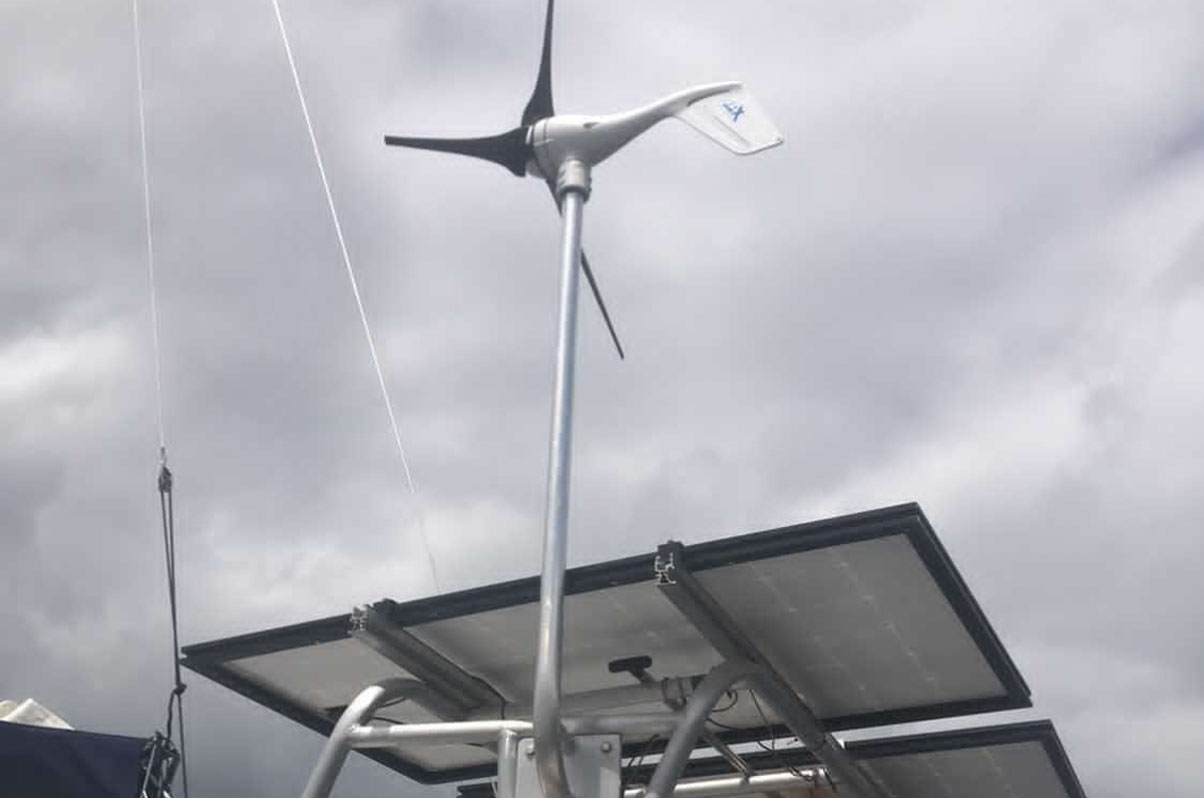
If you spend any time at all on your boat away from shore power you quickly find out if your power needs are met or not. Lights, VHF radio, instruments, or worst yet a fridge or freezer all draw power from your batteries when you are not plugged in with a charger running. This means you need another way to charge your batteries. With so many options to choose from it can be hard to know the right option for you. On a boat we are limited by space and often budget so making the right choice from the start really matters.
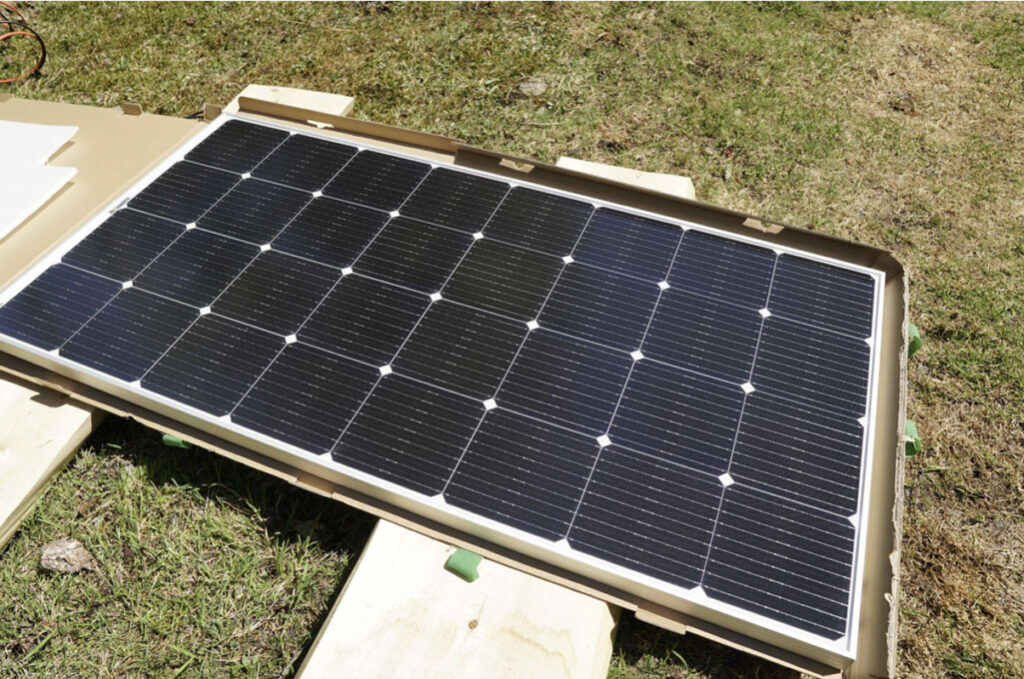
Solar:
At the top of the list because for someone who wants to spend long stretches away from civilization I believe Solar is the best option. After the initial investment and installation cost, solar ends up being Almost Free Energy or pretty close to it. Replacement cost of weather beaten, highly vibrated, salt soaked solar makes me say “almost free” because depending on the quality you choose to purchase they may not last as long as hoped. Solar tends to be the bulk of any cruiser’s energy production but many like to supplement it with another charging source as Solar only outputs close to its full power for 3 to 4 hours at mid day if your panels are well ventilated and pointed just towards the sun. With efficiency of panels increasing over the last few decades you get even more usable power per square foot.
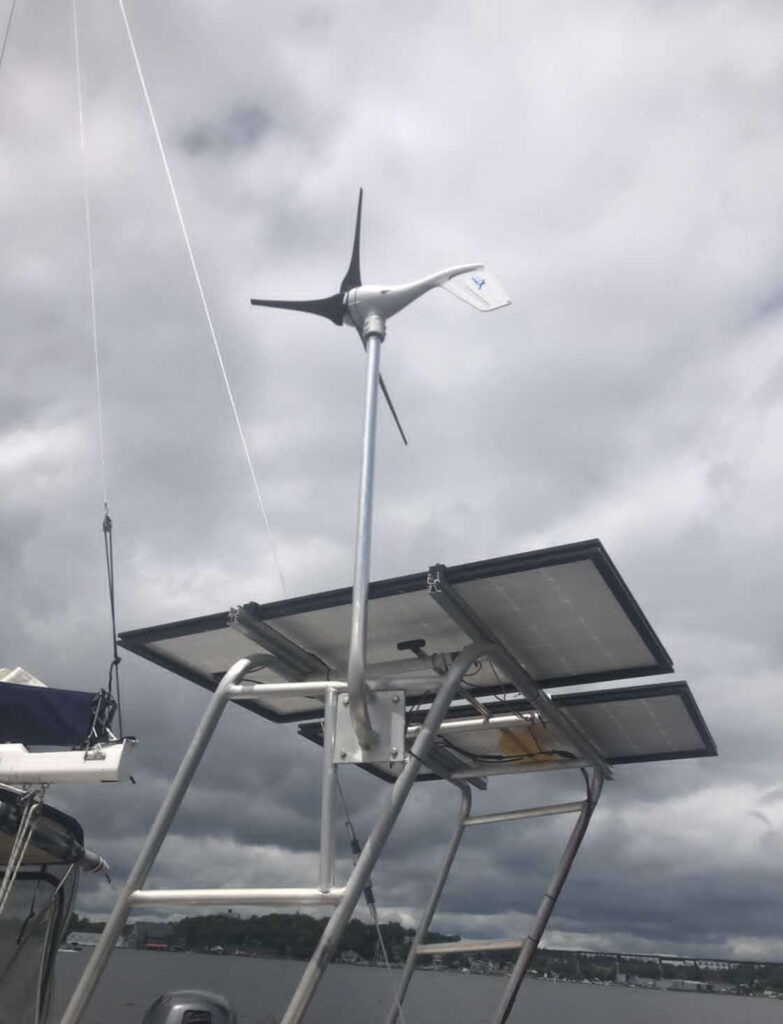
Wind Turbine:
In many areas out on the water the wind is pretty consistent making a wind generator or turbine another choice to help those batteries stay happily charged. Unlike solar, wind can produce power at night and during cloudy days (solar produces much less when it’s overcast). At night with a good breeze and little land blocking the wind you might wake up to find your batteries are already floating and topped up. Using wind to produce energy has a few drawbacks that made me ditch our turbine instead of replacing all the parts it needed. Which leads me to the main downside to wind power, too many moving parts and expensive replacement costs. Between blades, controllers, motor parts, and bearings all exposed to the elements something is bound to fail. If you don’t have an expensive spare on hand your batteries have no power. After realising that almost every part except the housing would need replacing on our wind turbine making it both more expensive and more maintenance in the long run compared to adding a few more panels. We like to anchor in protected waters when the wind kicks up above 15 kts. Typically hiding behind an island sometimes completely protected from the wind.This makes a wind generator less than ideal because it produces so much less in light turbulent wind.
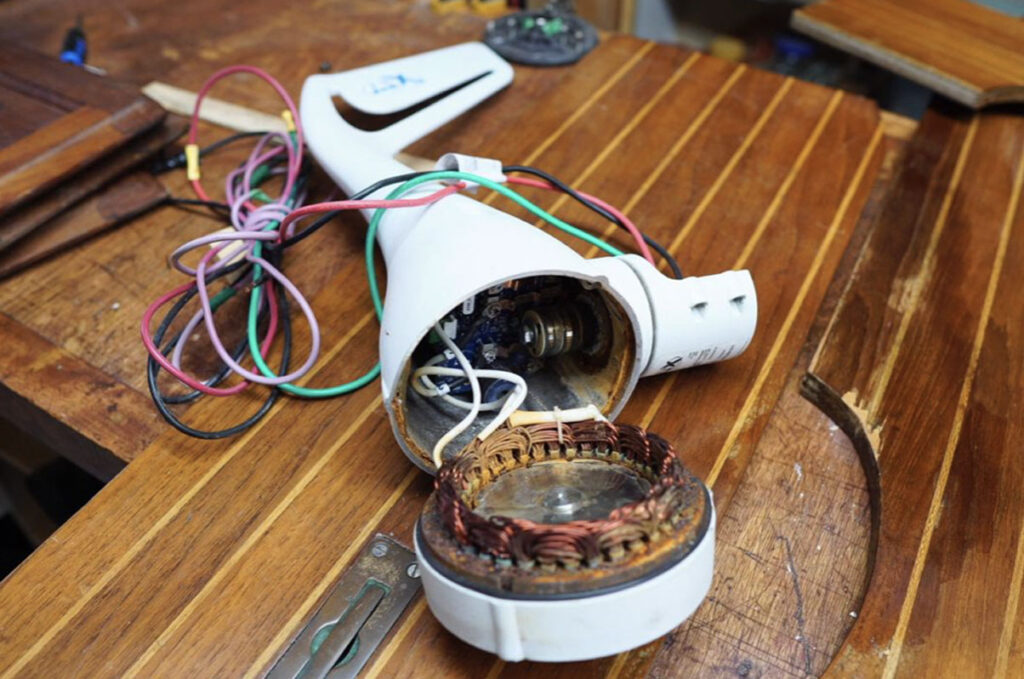
Generator:
Combined with a battery charger a generator might be a perfect option if you are a weekend sailor and do not plan to spend much time away from dock. Although I believe most boats can benefit from having at least some solar onboard. A small generator will likely cost less than installing Solar in the short term especially if you only use the boat a few times a season. They also have the added bonus of being able run higher power draw needs like microwaves, watermakers, stovetops, kettles, etc without draining your batteries. Of course the downside is having to listen to your generator instead of the nature around you and maybe annoying a few people in the anchorage depending when you decide to fire it up. (I wont get into the environmental aspect because all enery production even green requires fossil fuels.) They can be great as a backup charging source if your other charging devices are not putting out enough to keep up. We are adding a small 2kw generator to our new sailboat for those weeks of rain when our solar can’t keep up.
Alternator:
Sometimes you need to run the engine anyway so why not charge the batteries while doing it. Most larger boats have an alternator mounted on the engine which produces power when the engine is running. The issue with using this as your only charging method is it puts unnecessary wear and tear on the engine not to mention the sound of an engine isn’t that nice to listen to while trying to top off your batteries. Also running an engine to finish topping off your battery bank means you are burning a lot of fuel for very little as the batteries will not take as much charge as when they are lower. If you are going to run your engine or generator to charge and you have solar as well it is best to do it in the morning as you will get the most out of the fuel burnt when your batteries are lower. Then allow your solar or wind to finish off the charge.
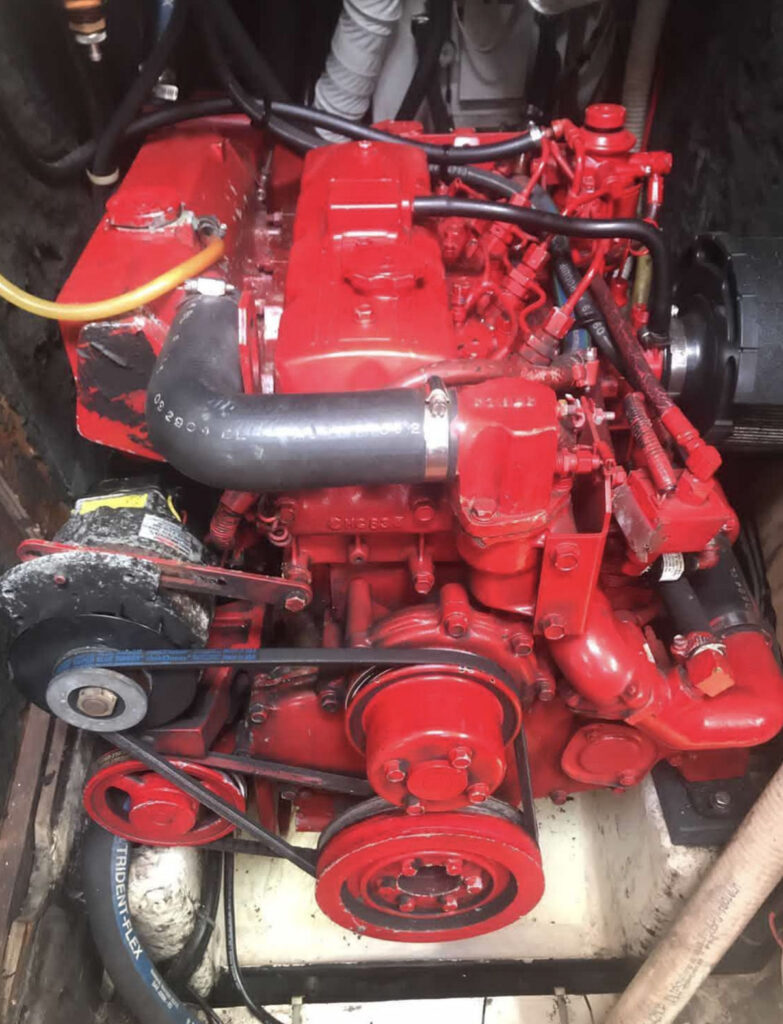
Methanol Fuel Cell, Hydro, etc.:
There are other forms for charging coming out year after year as well as big improvements on existing technology. Unfortunately at this time, methanol fuel cells and hydro generation are not very cost effective ways of making energy. Hydro can give you a few more amps on a passage but even the best hydro generators that are easily retrofitted only produce up to 120W at 5 knots. Not worth the extra expense and maintenance cost if you can fit 1 more 100w panel onboard. A methanol fuel cell like a hydro generator costs more for energy produced compared to solar. After factoring in fuel and installation costs I don’t believe it’s worth it. I’m sure our boats in 10 or 15 years will have completely different ways of creating energy and storing it.
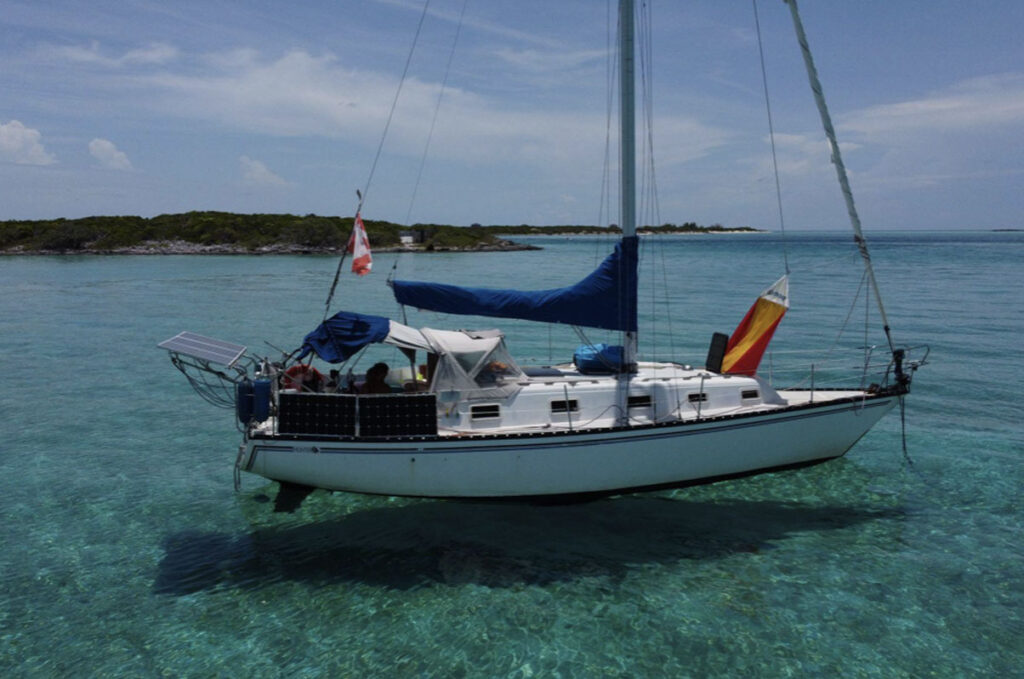
For now I will stick with Solar and be happy with cold beers, lights, a fridge and freezer full of good food with some power to spare for those rainy days. Keeping things simple is how we stay happy and out having adventures instead of in the boat yard fixing everything that will eventually break.
Cory Bertrand
Cory and Alex share their adventure with weekly videos on their YouTube channel “Wildly Intrepid Sailing” and share stories on their website www.wildlyintrepid.com . Their dream is to travel the world and to live without any regrets.
